2018-12-16
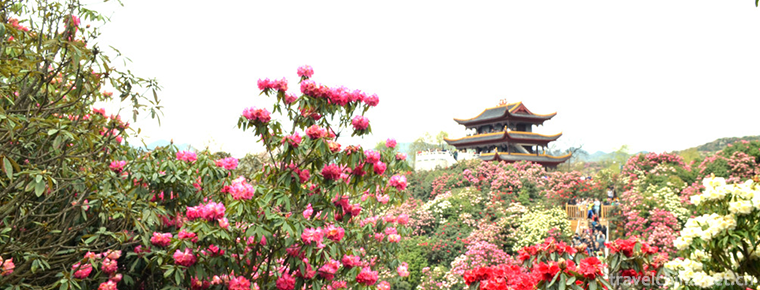
- By ChinaWiki.net
- Chinese Edition
- 2018-12-12
Bijie Baili Rhododendron Scenic Area is located in the northwest of Guizhou Province and the central part of Bijie City. It belongs to the Baili Rhododendron Management Area of Bijie City. It is the national AAAAA level scenic area and the top ten scenic spots in Guizhou Province.
The main tourist attractions of Baili Rhododendron Scenic Area in Bijie City are the Rhododendron Forest Belt, Baili Rhododendron Grassland, Midi River, Rhododendron King, Millennium Kiss, Huangjiaba Blocking War Site, etc. It is the largest indigenous Rhododendron forest in China, known as the "Kingdom of Rhododendron" and "World Natural Garden".
Historical evolution
In April 1987, Guizhou Provincial People's Government listed Baili Rhododendron as a provincial scenic spot.
In May 1993, the former Ministry of Forestry approved the establishment of Baili Rhododendron National Forest Park. At the same time, Baili Rhododendron was listed as one of the "ten scenic spots" in Guizhou Province.
In 2001, Bijie District established the Baili Rhododendron National Forest Park Management Office, which is responsible for the management, construction, development and utilization of Baili Rhododendron National Forest Park.
In September 2007, the Guizhou Provincial Party Committee and the provincial government approved the establishment of the Guizhou Baili Rhododendron Scenic Spot Management Committee, which is a county-level organization dispatched by the Bijie Prefectural Committee and the Administration. It has jurisdiction over 54 village (residential) committees, 500 square kilometers and nearly 100,000 people in four ethnic townships.
Baili Rhododendron Scenic Area of Bijie City belongs to Bijie City, Guizhou Province. Its geographical coordinates are 105 50 16 106 04 57, 27 10 07 to 27 17 55. It is located at the junction of Dafang
topographic features
The Baili Rhododendron Scenic Area in Bijie City is located on the slope of the transition from the western Guizhou Plateau to the hilly area of the middle Guizhou Plateau, which belongs to the hilly landform type of the middle Guizhou Plateau. The surface of the territory is still in a relatively primitive state of stripping, with hills undulating and stretching into patches, and the relative height difference of the mountain body is about 500 meters. The main bedrock in the territory is carbonate rock, which accounts for about 70% of the distribution area. There are mainly chert-bearing limestone of Lower Permian and dolomite of Upper Cambrian. The main types of soil are: gravel heavy soil thick layer intensity ashed yellow soil, less gravel heavy soil, gravel heavy soil thick layer ordinary yellow soil, etc. The soil surface pH value is 4.5-6.5, and the lower pH value is about 5.0.
Climatic characteristics
The Baili Rhododendron Scenic Area in Bijie City is located in the low latitude and high altitude area. Its climate type belongs to the warm and humid monsoon climate in the middle subtropical zone. The annual average temperature is 11.8 C, the average temperature in the coldest month (January) is 1.6 C, the average temperature in the hottest month (July) is 20.7 C, the extreme maximum temperature is 31.5 C, and the extreme minimum temperature is - 9.3 C. The freezing time is longer after 33.1 days of rain. Annual precipitation of 1180.8 mm, of which 2/3 concentrated in summer, May to October for the rainy season, November to April for the dry season, the annual rainy days up to 220.5 days, more cloudy days, less sunny days. The annual sunshine hours are only 1335.5 hours. The annual average relative humidity is 84%, the average relative humidity in April is the smallest, only 79%, and the average relative humidity in December is the largest, reaching 89%, showing wet in winter and dry in spring. The climate is relatively warm and cool, which is suitable for the growth of Rhododendron.
Transport line
Self help tour
1. The long-distance bus of Jinyang Bus Station is 50 yuan to the new station of Qianxi County Town, 5 yuan to the old station of Qianxi, 12 yuan to Jinpo and 15 yuan to Pudi. The bus from Jinpo to Pudi is 5 yuan.
2. The long-distance bus of Zunyi Zhongzhuang Passenger Station is 100 yuan to Bijie, 40 yuan to Pudi scenic spot, and 25 yuan to Pudi scenic spot.
Self-driving travelling
1. From Chongqing to Baili Rhododendron: 212 km from Lanhai (G75) Expressway to Zunyi, 122 km from Hangrui (G56) Expressway to Baili Rhododendron.
2. Yunnan to Baili Rhododendron: After the National Highway Weining-Bijie, along the G56 (Hangrui) Expressway to Baili Rhododendron Station exit to reach Pudi Scenic Area.
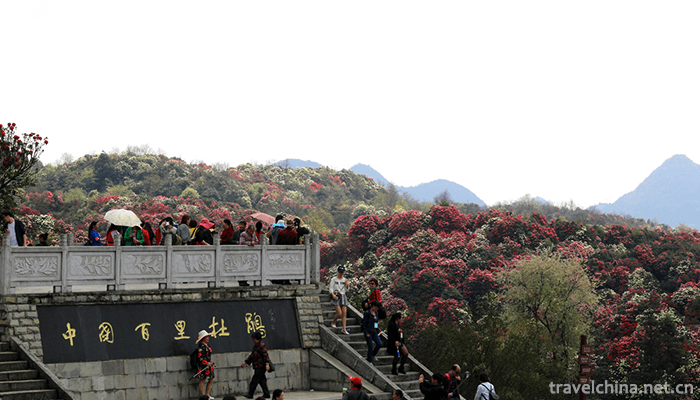
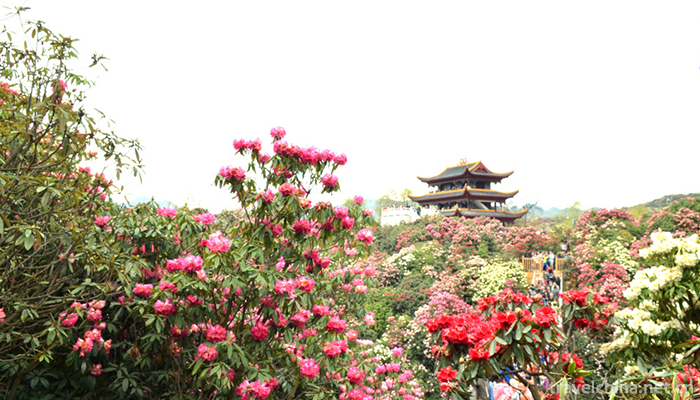
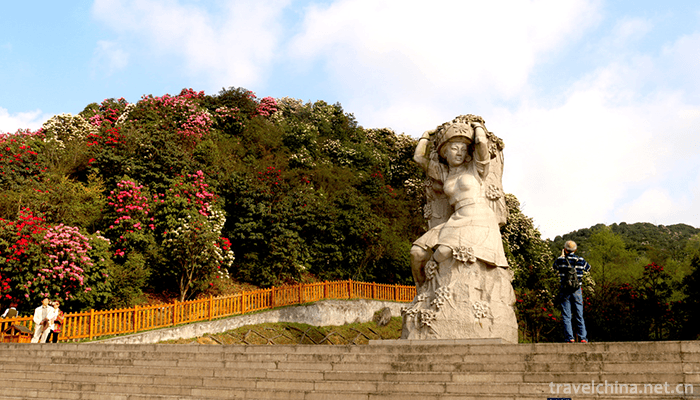
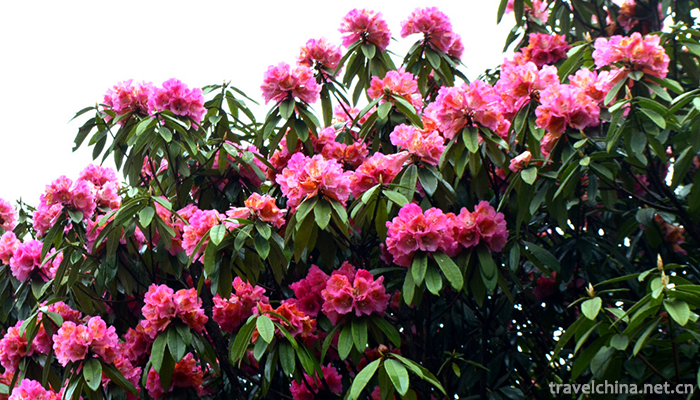
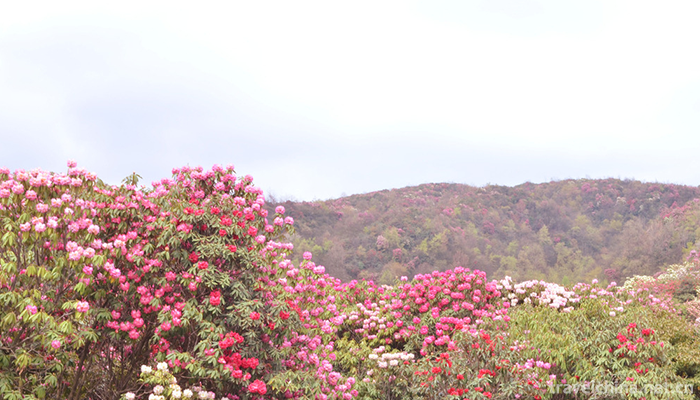
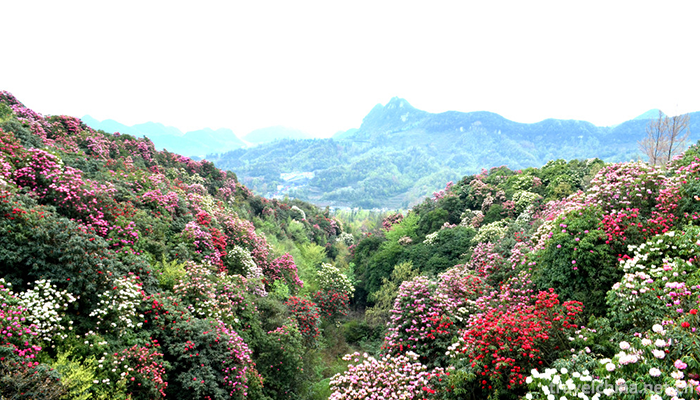
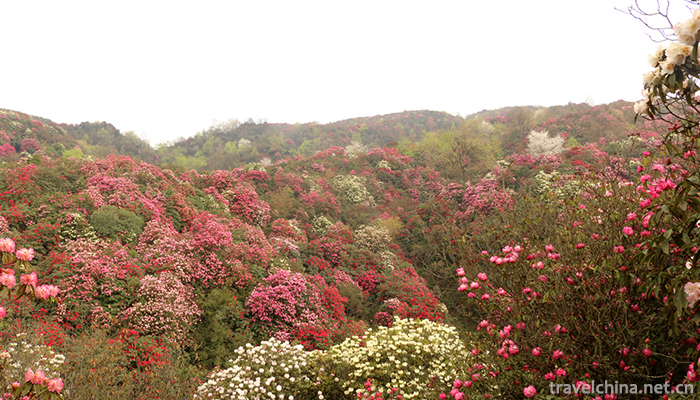
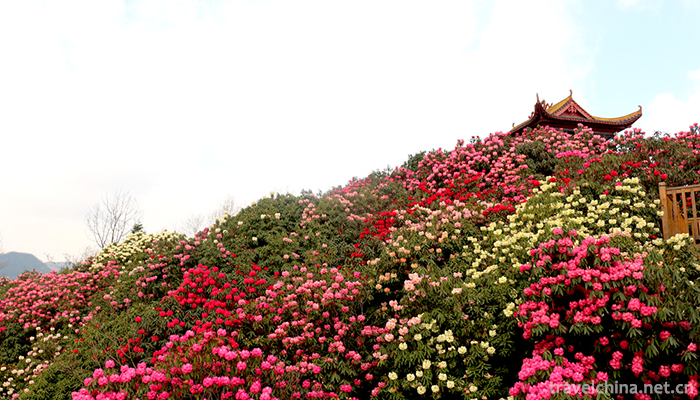
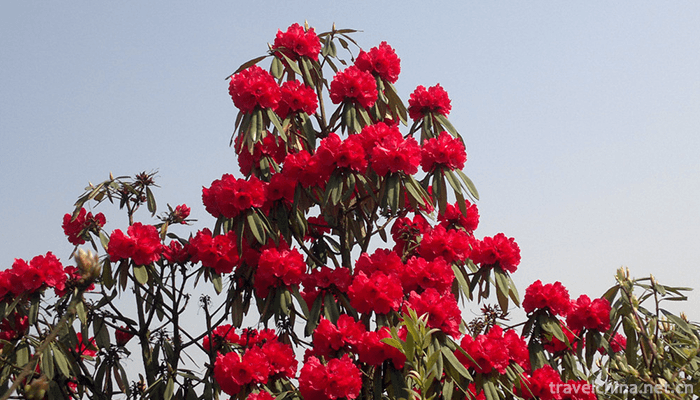
Ask a Question
Your email address will not be published.
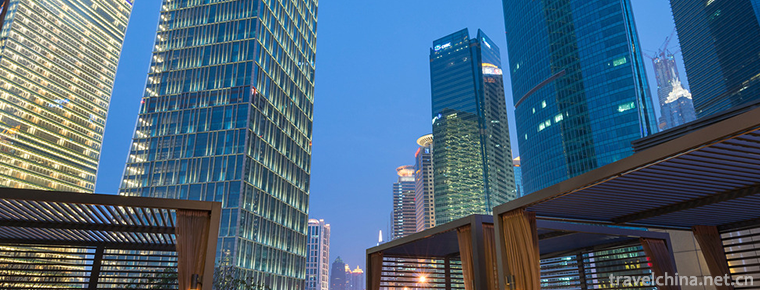
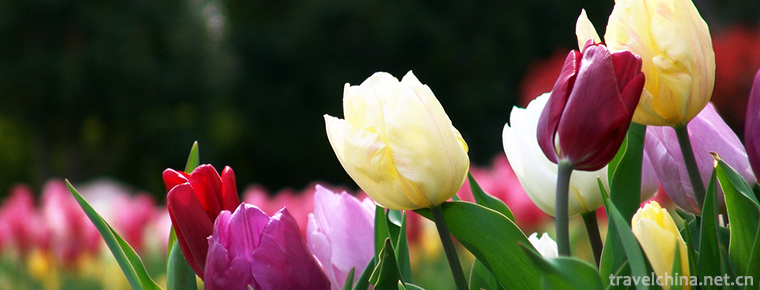
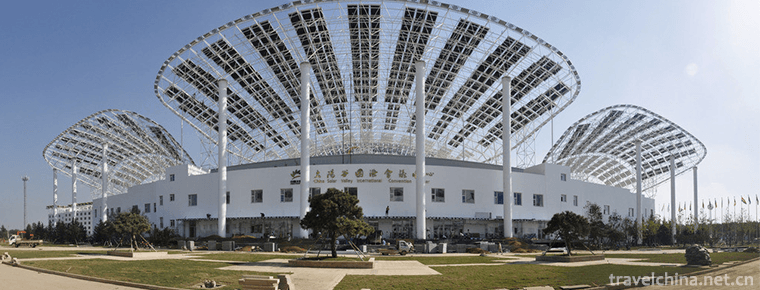
0 Questions